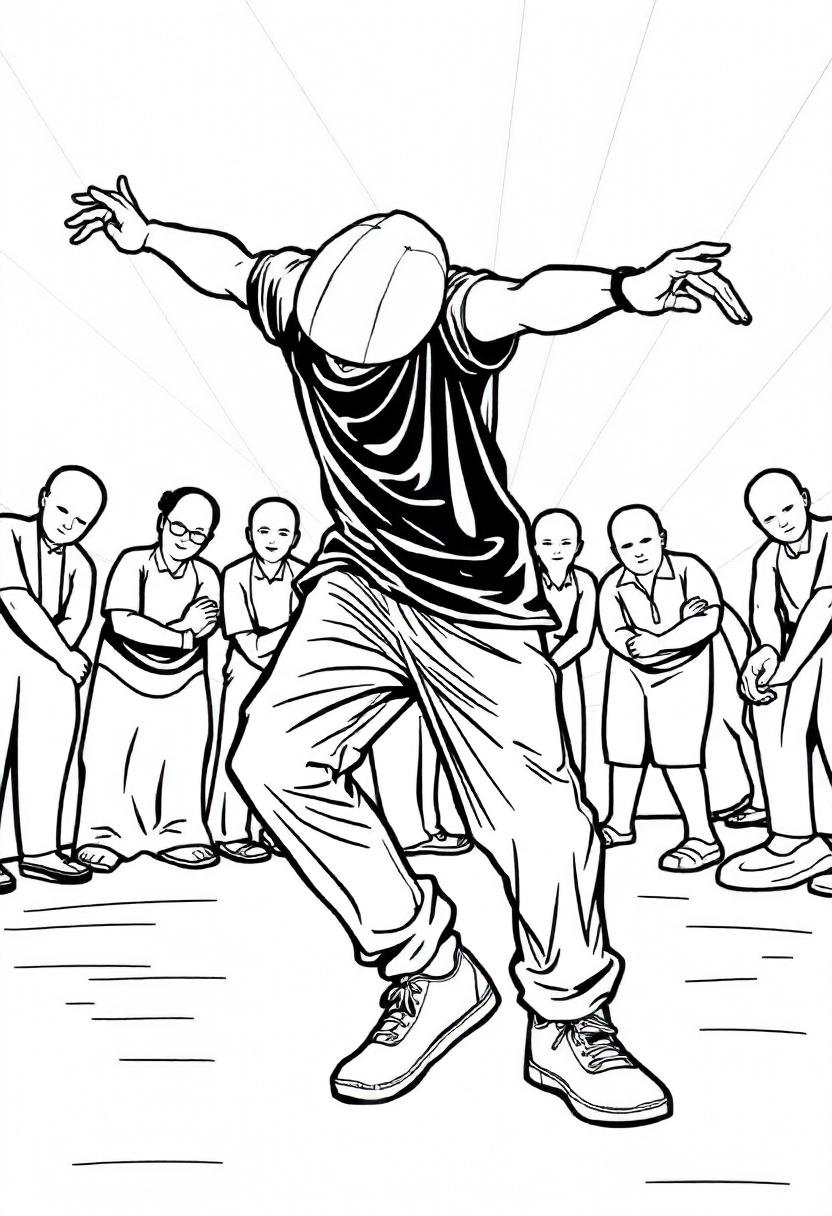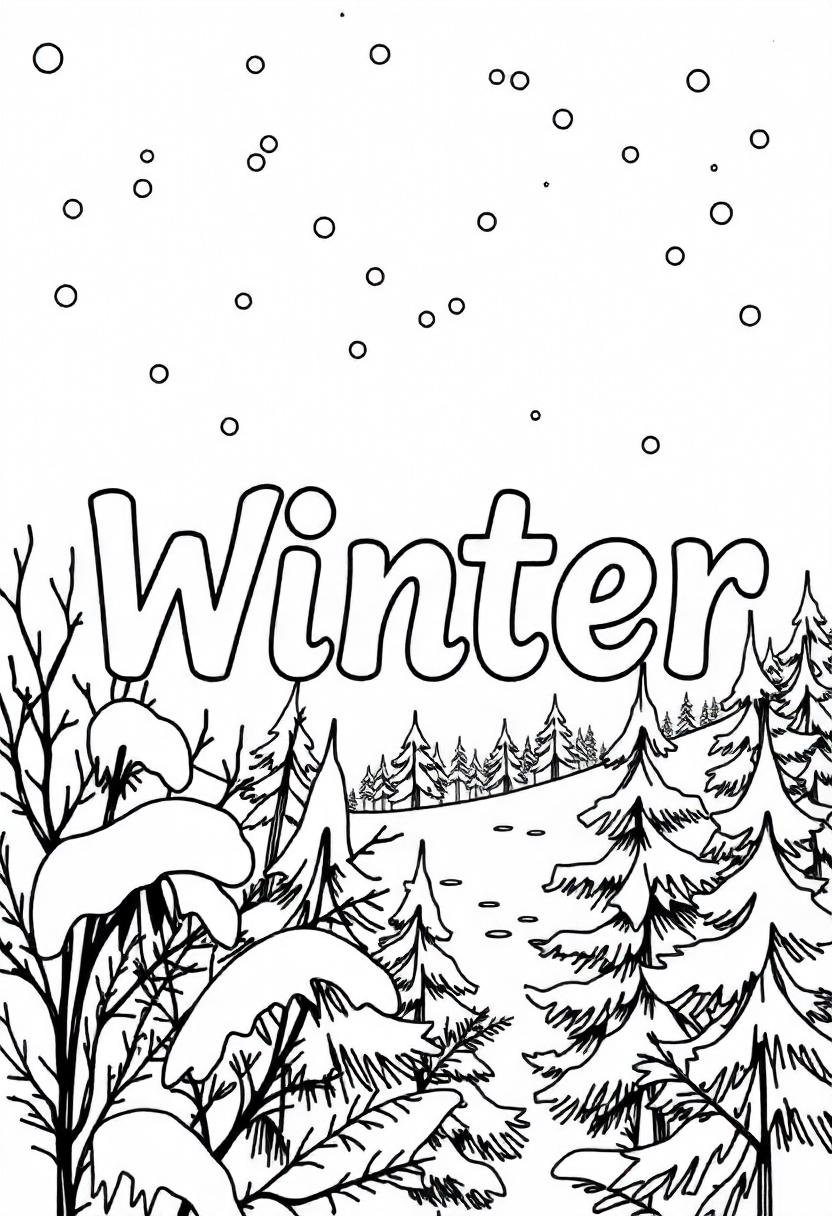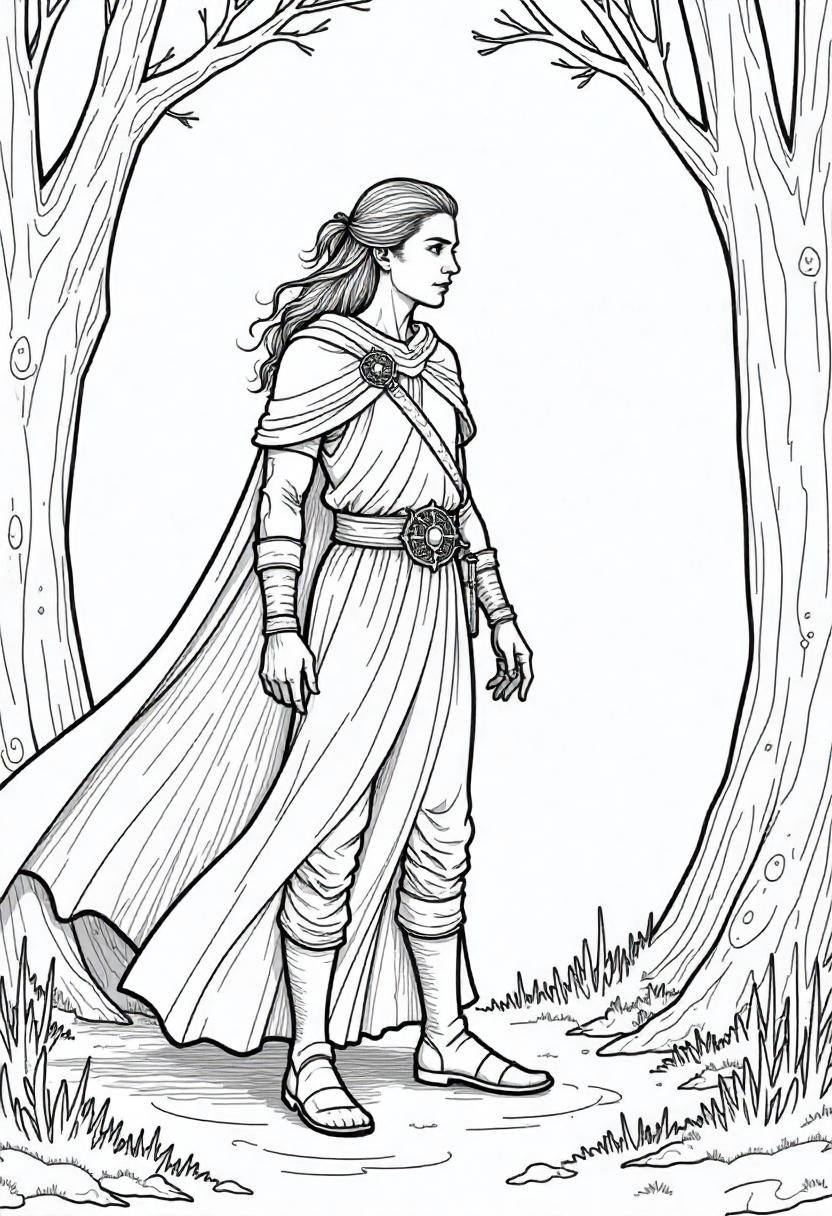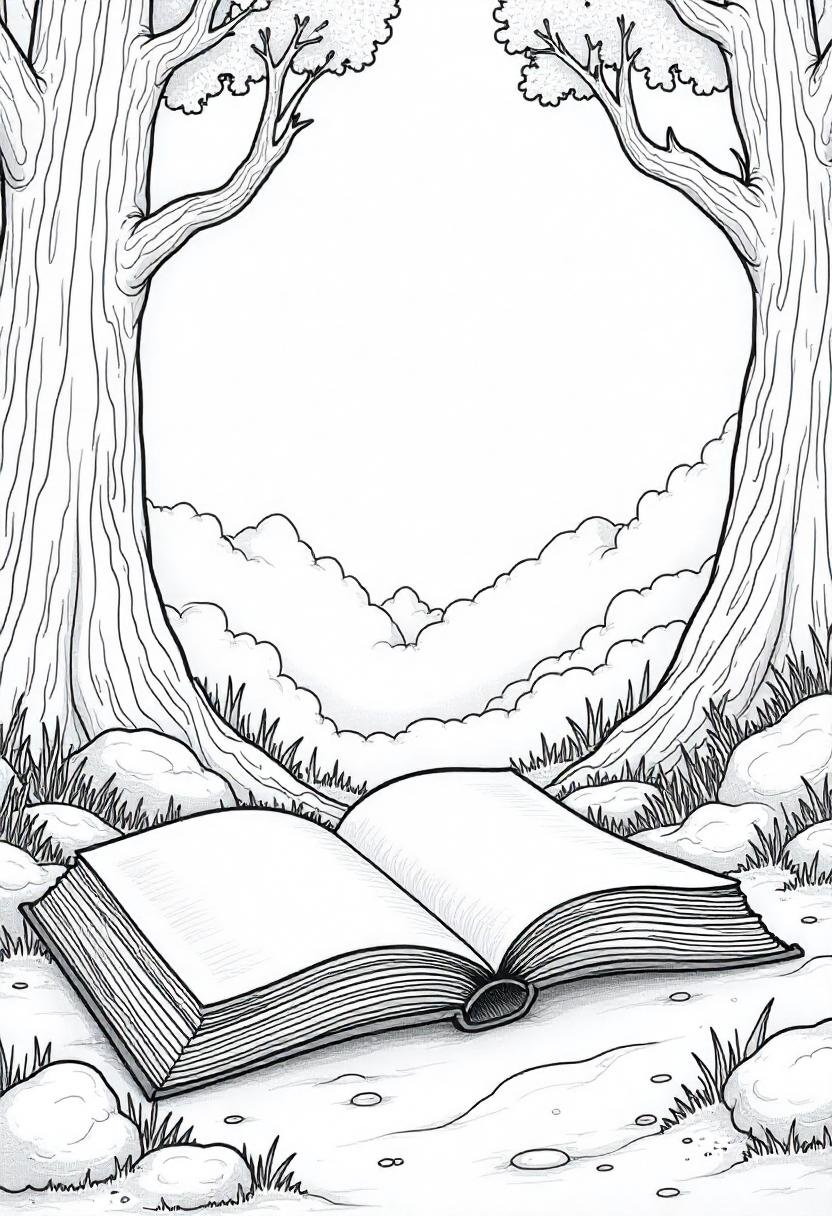70 Flower Coloring Pages
Your life might not be that flowery but our coloring pages definitely are.
Here are some amazing flower coloring pages for you.
And sorry, I beg your pardon for the way I began this post. Your life can be as flowery as you want it to be.
Flower Coloring Pages
The Garden Party Extravaganza
Picture this: a bustling garden filled with daisies, tulips, and sunflowers, all waiting to be brought to life.
This coloring page features a variety of flowers mingling together, making it perfect for anyone who loves variety.
My tip?
Try creating a rainbow theme—it’ll look like a party in your coloring book!
1

2

3

4

5

Rose Wonderland
Roses are a classic, and this coloring page takes it up a notch with a stunning bouquet of blooms.
Each petal is perfectly detailed, making it a joy to color.
I love experimenting with gradient shading on roses, blending reds and pinks for a realistic touch.
1

2

3

4

5

Floral Collage Fun
This page brings together a playful mix of flower types and sizes arranged in a lively collage.
It’s great for experimenting with bold and contrasting colors.
Plus, you can use this page to practice shading techniques across different types of blooms—it’s like a mini workshop in one page!
1

2

3

4

5

Sunflower Dreams
Let’s be honest, sunflowers are pure happiness in flower form. This coloring page features a field of these sunny beauties, complete with a buzzing bee or two.
Yellow is the obvious choice here, but adding shades of orange and brown gives them even more depth.
1

2

3

4

5

Fantasy Flower Fields
Ever dreamed of flowers that look like they belong in a magical forest?
This page is for you!
With swirling vines, oversized blooms, and a touch of whimsy, it’s your chance to let your imagination run wild. Think purple roses, blue sunflowers, or even glowing neon petals.
1

2

3

4

5

The Single Bloom Showstopper
Sometimes, less is more. This page features a single, large flower—perfect for focusing on shading and detail.
I love using this page to test out new color combinations or techniques.
It’s like the flower is a supermodel on the runway, demanding all the attention.
1

2

3

4

5

Tropical Paradise
Ready for a mini vacation?
This page is filled with hibiscus, plumeria, and other tropical flowers. Think bold, bright colors like coral, teal, and lime green.
Add a background of blue skies, and you’ve got your own slice of paradise.
1

2

3

4

5

Vintage Floral Elegance
This page is like stepping into a Victorian garden, with roses, peonies, and delicate lace-like patterns.
It’s perfect for a soft, muted color palette. I’m talking dusty pinks, sage greens, and maybe a splash of lavender for that antique vibe.
1

2

3

4

5

Wildflower Wanderlust
For the free spirits out there, this page captures the untamed beauty of wildflowers. Daisies, poppies, and little blooms scattered across the page—it’s a celebration of nature in its purest form. I love to mix bright colors and earthy tones for this one.
1

2

3

4

5

Butterfly and Blossoms
Flowers and butterflies are a match made in heaven, don’t you think?
This coloring page brings them together beautifully.
The butterflies’ wings are a great spot to experiment with intricate patterns, and the flowers can be as vibrant as your imagination allows.
1

2

3

4

5

Cherry Blossom Bliss
Nothing says “peaceful” quite like cherry blossoms. This page features delicate branches adorned with these iconic pink blooms.
For a serene vibe, I like to keep the palette soft and airy, with pastel pinks and light blues.
1

2

3

4

5

Floral Wreath Delight
If you’re into symmetry, this floral wreath coloring page will be your jam.
It’s a circle of beautifully intertwined flowers and leaves, perfect for experimenting with different textures. I’ve even framed one of my finished wreath pages as wall art—it’s that pretty!
1

2

3

4

5

Underwater Flower Fantasy
Think flowers but make them aquatic. This unique coloring page features underwater-inspired blooms that look like they’re swaying in the ocean.
Blues, greens, and a touch of sparkle will make this page truly mesmerizing.
1

2

3

4

5

Bouquet of Joy
Last but not least, the ultimate bouquet!
This page has a variety of flowers arranged in a gorgeous bouquet, wrapped in a bow. It’s like you’re coloring a gift for yourself. I love using a mix of warm and cool tones to give it that wow factor.
1

2

3

4

5






